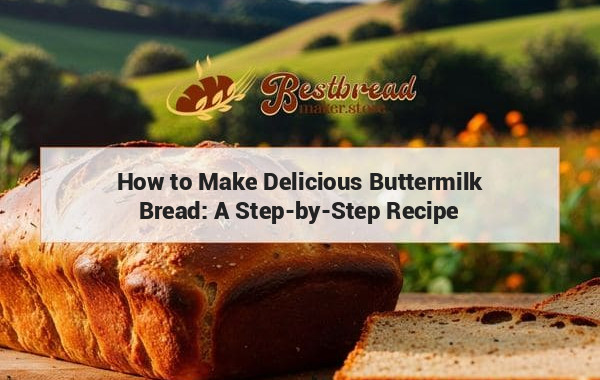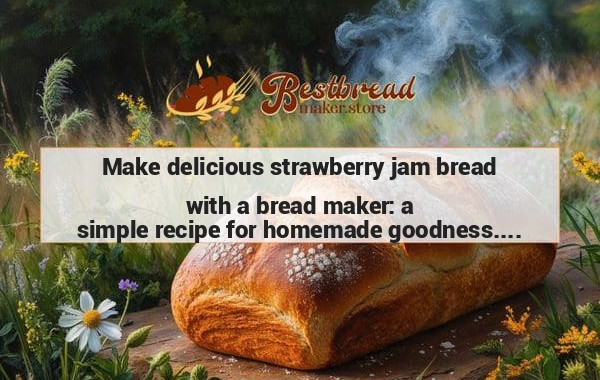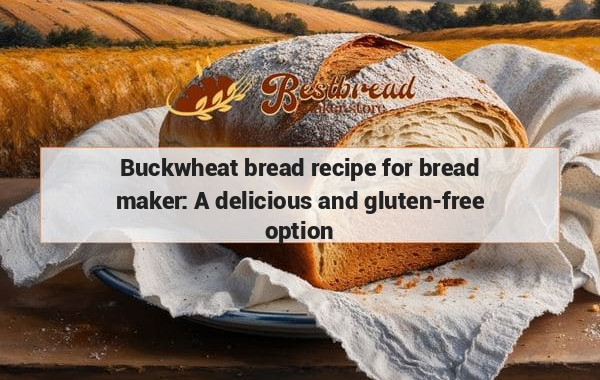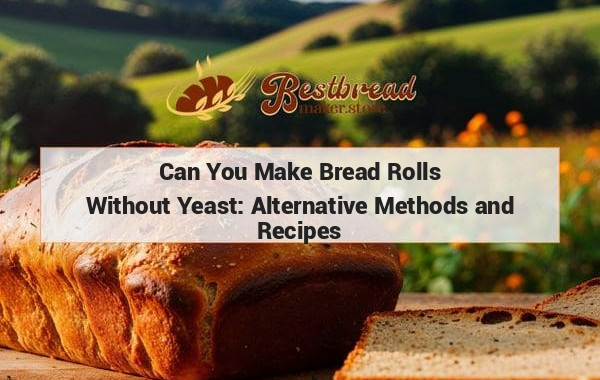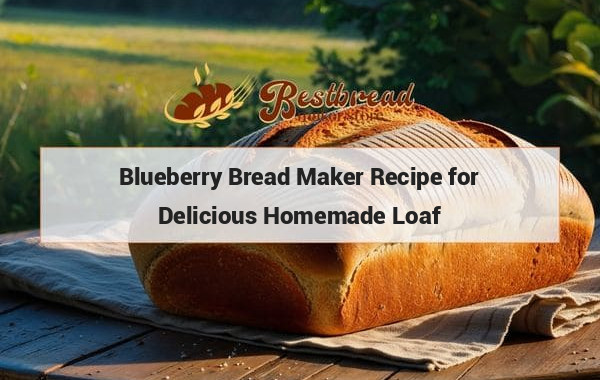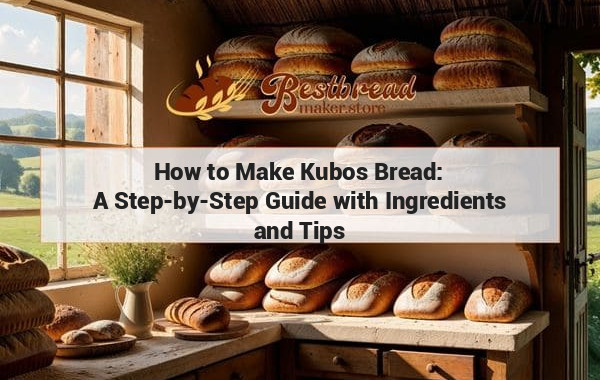How to Make Delicious Buttermilk Bread: A Step-by-Step Recipe
To make buttermilk bread, start by mixing flour, sugar, salt, and yeast in a bowl. Heat buttermilk and butter until warm, then add to the dry ingredients. Knead the dough until smooth and let it rise. Shape the dough into a loaf and let it rise again before baking in the oven. Enjoy this delicious and fluffy bread with your favorite toppings!
How to Make Buttermilk Bread: A Complete Guide for Home Bakers
Buttermilk bread is a deliciously soft and tangy loaf, perfect for sandwiches, toast, or enjoying with butter. If you want to learn how to make this at home, follow this guide for a foolproof recipe and essential tips.
Key Takeaways
Buttermilk bread combines the rich, tangy flavor of buttermilk with a soft, fluffy texture. The recipe involves mixing buttermilk, flour, yeast, and a few essential ingredients, and baking it to perfection. Use a quality bread maker to simplify the process and achieve consistent results.
Understanding the Importance of Buttermilk Bread
Buttermilk bread stands out for its soft texture and tangy flavor, making it a popular choice among home bakers. The inclusion of buttermilk not only enhances the taste but also reacts with baking agents like yeast to create a lighter and fluffier loaf. Buttermilk acts as a tenderizer, ensuring each slice has a moist crumb and a delicate texture.
When baking buttermilk bread, using fresh ingredients is crucial. The quality of the buttermilk, flour, and yeast directly affects the final outcome. Choosing a good bread maker can also simplify the process, ensuring consistency and ease. Bestbreadmaker.store is a reliable source for finding high-quality bread makers that can elevate your baking experience.
Ingredients You’ll Need
To make buttermilk bread, you’ll need the following ingredients:
- 3 cups of bread flour
- 1 cup of buttermilk (room temperature)
- 2 tablespoons of unsalted butter (softened)
- 2 tablespoons of sugar
- 1 teaspoon of salt
- 2 teaspoons of active dry yeast
Step-by-Step Guide to Making Buttermilk Bread
1. Preparing the Dough
Begin by warming the buttermilk slightly, ensuring it’s not too hot to activate the yeast properly. In a mixing bowl, combine the flour, sugar, and salt. Add the softened butter and warm buttermilk to the dry ingredients, mixing until a dough forms.
2. Kneading
If you’re using a bread maker, select the dough setting and let it knead for about 10-15 minutes. If kneading by hand, transfer the dough onto a floured surface and knead for about 10 minutes until smooth and elastic. Kneading helps develop the gluten structure, which is essential for the bread’s rise and texture.
3. First Rise
Place the dough in a greased bowl, cover it with a damp cloth, and let it rise for 1 to 1.5 hours, or until it doubles in size. The buttermilk's acidity interacts with the yeast, allowing the dough to rise and giving the bread its signature tangy flavor.
4. Shaping and Second Rise
Once the dough has risen, punch it down to release the air. Shape it into a loaf and place it in a greased bread pan. Cover the pan and let the dough rise for another 45 minutes to an hour until it reaches the rim of the pan.
5. Baking
Preheat your oven to 375°F (190°C). Bake the loaf for 30-35 minutes or until the top is golden brown. A good test for doneness is to tap the bread—if it sounds hollow, it’s ready.
6. Cooling
Allow the bread to cool in the pan for 10 minutes before transferring it to a wire rack. Let it cool completely before slicing to ensure the texture remains intact.
Tips for Making the Best Buttermilk Bread
Choosing the Right Flour
Bread flour is ideal for this recipe as it has a higher protein content than all-purpose flour, which helps in developing the structure and texture needed for a fluffy loaf. Whole wheat flour can be used for a denser, healthier option, but adjusting the liquid ratio is necessary.
Using Fresh Yeast
Active dry yeast or instant yeast works well for buttermilk bread. Always check the expiration date to ensure its effectiveness, as stale yeast won’t yield a good rise. For the best results, proof the yeast with a little warm water and sugar before mixing it into the dough.
Adjusting the Recipe with Add-Ins
For a twist, you can add ingredients like seeds, herbs, or even cheese to the dough. Seeds like sunflower or flax add a nutty flavor and crunch, while cheese and herbs can give the bread an entirely new character. Adjust the kneading time if adding these extras to evenly distribute them.
Understanding the Role of Buttermilk in Bread Baking
Buttermilk is not just about flavor; it also plays a functional role in baking. Its acidic nature reacts with baking soda and yeast, promoting a better rise and softer crumb. It also acts as a preservative, helping the bread stay fresh for longer periods.
Common Substitutions
If you don’t have buttermilk, you can make a substitute by mixing 1 cup of milk with 1 tablespoon of vinegar or lemon juice. Let it sit for about 5 minutes before using. While the flavor may not be as rich, this substitution maintains the bread's light texture.
Bread Maker vs. Oven Baking: What’s Best?
Using a bread maker can streamline the process and ensure consistent results, especially for beginners. Bread makers like those recommended on Bestbreadmaker.store offer different settings, allowing for easy adjustments based on the bread type and size. The consistent temperature and kneading capabilities make bread makers a convenient choice.
However, baking in a traditional oven gives more control over the crust’s texture and allows for creative shaping. For those who enjoy hands-on baking, the oven method might be more fulfilling.
Frequently Asked Questions (FAQs)
1. Can I use whole wheat flour instead of bread flour?
Yes, but the texture will be denser. You may need to increase the amount of buttermilk slightly to maintain the dough's moisture.
2. How long does buttermilk bread stay fresh?
Buttermilk bread can stay fresh for up to 3 days if stored in an airtight container. To extend its shelf life, freeze the bread and toast slices as needed.
3. What’s the best way to store homemade bread?
Store homemade bread in a bread box or an airtight bag. Avoid refrigerating it, as this can dry out the bread. For longer storage, freezing is the best option.
4. Can I make buttermilk bread without a bread maker?
Absolutely! While a bread maker simplifies the process, hand-kneading and traditional oven baking can yield excellent results. It may take a bit more time, but the effort is worth it.
5. Why is my bread too dense?
A dense loaf can result from insufficient kneading, old yeast, or not enough rising time. Ensure the dough is elastic after kneading and give it ample time to rise in a warm environment.
For those looking to invest in a quality bread maker that fits their needs, check out Bestbreadmaker.store. This resource offers expert reviews and recommendations to help you find the perfect bread maker for your kitchen. Happy baking!

